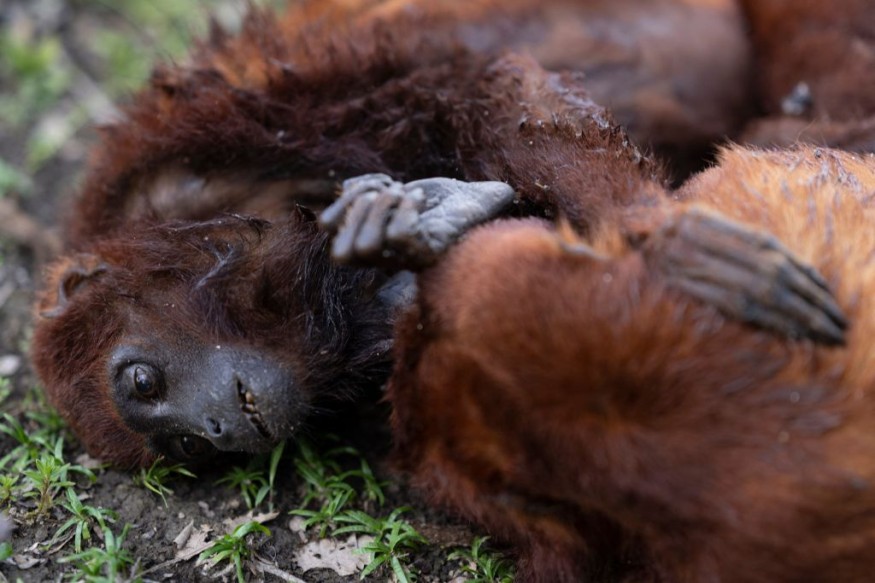A recent study showed that the supercontinent Pangaea Ultima is likely to get hot, which can later cause mass extinction among mammals.

Using a climate model, researchers found out that the supercontinent could create conditions that will easily lead to mass extinction of some species of animals.
Experts are seeing the next supercontinent to form in 250 million years time, the period when the Earth's landmasses crash together, most probably at the equator, to form the Pangaea Ultima.
They said that the new continent would be hot, not only its equatorial landmass will lack the cooling effect brought about by oceans; but it will also absorb more radiation from an older and more active sun.
This will also be swamped in significantly more carbon dioxide due to some volcanic activity.
Findings of the study
The study explained that all life would eventually perish in a runaway greenhouse once the absorbed solar radiation will exceed the emission of thermal radiation in several billions of years.
However, researchers found out that the conditions that are naturally inhospitable to mammals may develop sooner because of the long-term processes linked to plate tectonics.
They said that an increased solar energy as well as continentality could lead to increasing warming hostile towards the mammalian life.
The researchers have assessed their impact on mammalian physiological limits as well as the planetary habitability index.
According to the study, the anthropogenic emissions of greenhouse gasses are pushing the Earth's climate towards a warmer state not seen for millions of years, and this is seen to have repercussions for ecosystem resilience.
However, it is still unknown whether or when the Earth's dominant terrestrial animal species, mammals, will ever reach a climatic tipping point or the time when their ascendancy will be threatened.
Researchers have suggested that current global warming will raise temperatures above terrestrial mammalian physiological limits, which will make some parts of the world uninhabitable.
"Although mammals are resilient to temperature fluctuations, thermal tolerances are invariant across latitudes, elevation and phylogeny12, showing that physiological constraints exist where survivability is limited," the study indicated.
Migratory mammals
The study noted that only highly specialized migratory mammals would be able to compete.
However, it pointed out that even a migratory strategy could be perilous for mammals due to the continent-wide deserts and aridity.
They also said that hibernation, which is a seasonal adaptation to prolonged periods of food shortage and cold, as well as its hot weather equivalent and aestivation, have been effective strategies for mammals for millions of years to combat the relative extremes in temperatures.
For one, burrows and cave systems, which are considered as buffered from external air temperature, may allow some refuge for some mammal species if the supply of food and water are plentiful.
The study said that small burrowing rodents could even show greater survivorship in regions that are above thermal thresholds if staying active at night rather than during the day.
The research has shown the importance of tectonics, atmospheric constituents and solar energy for continued mammalian survivability.
Under all scenarios of an "Earth-like" planet, regions of habitability do exist.
Related Article : Extinction of 13 More Species Verified by Australia, Together with 12 Mammals Lost Since Colonization
Related Video:
© 2025 NatureWorldNews.com All rights reserved. Do not reproduce without permission.





